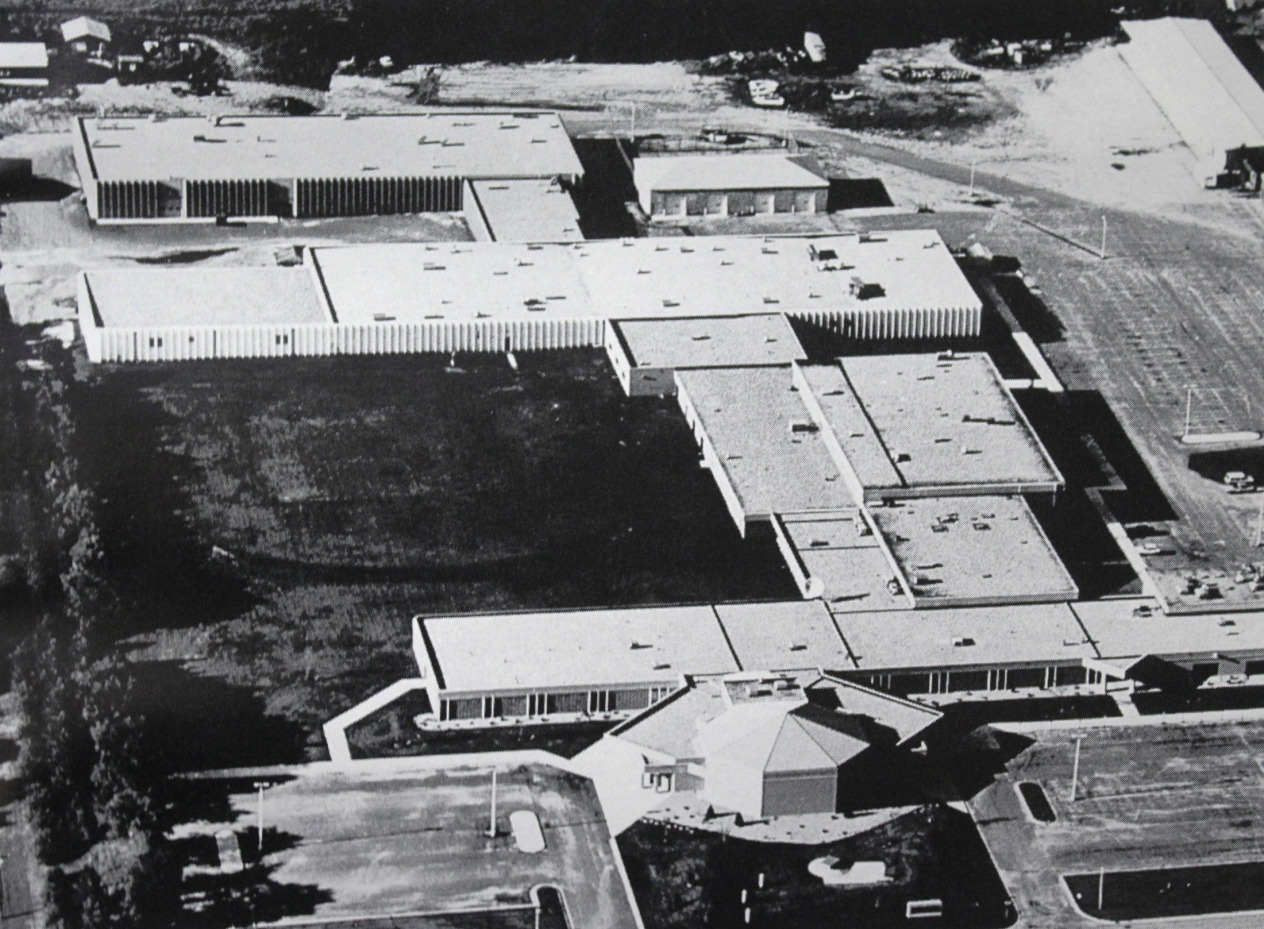Title
LSR1220 - Image Production II
API ID
Credits
3 (2/1/0)
Description
This course will build on and expand the student's knowledge of the factors that govern and influence the production and archival of radiographic images. A review of previously introduced technical factors will be covered with a specific focus on their impact on the digital image acquisition processes and image quality. Digital image characteristics, processing, display and image identification techniques will be covered.
Competencies
- Explain spatial resolution and its importance in digital image quality.
- Discuss the equipment-related factors (e.g., pixel features, matrix size, detector element characteristics, etc.) that influence or impact spatial resolution.
- Describe contrast resolution and the equipment-related factors that enhance or degrade it on the digital image.
- Discuss the exposure-related factors (e.g., dynamic range, quantum noise, etc.) that control or influence digital image signal.
- List and describe image identification methods and associated legal considerations.
- Summarize digital image preprocessing procedures and their contribution to image acquisition.
- Articulate an understanding of the digital image processing (e.g., equalization, grayscale, edge enhancement, etc.) and post-processing (stitching, cropping, windowing, etc.) techniques used to create and enhance digital images.
- Discuss and differentiate the characteristics of image display monitors.
- Understand the importance of viewing conditions on the evaluation of the digital image.
- Recognize and articulate the role of imaging informatics (e.g., DICOM, PACS, RIS, HIS, etc.) on image sharing and archival quality.
- Analyze the relationship of factors that control and affect image receptor exposure, brightness, contrast, spatial resolution and distortion.
- Critique digital images for image quality.
- Determine corrective actions needed for sub-optimal images.
Degrees that use this course
Degrees that use this course
Degree:
Diploma
Location:
Detroit Lakes Campus
Credits:
46
